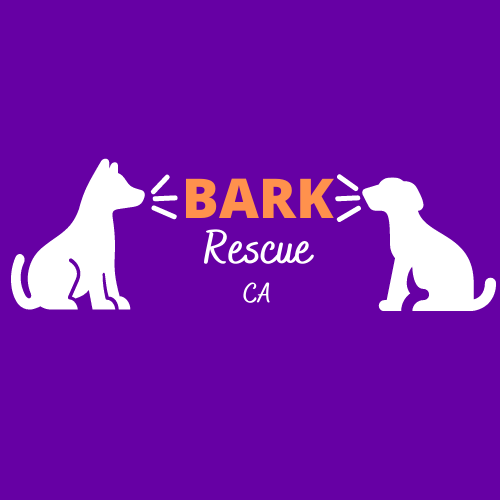Written by Leon Chow

Going for a walk with your dog should be a fun, calm, and overall enjoyable experience for all involved. Sometimes, however, it is not. There is that moment of dread when you see another dog approaching, anticipating that your dog will bark, lunge and growl at that dog. It is important to remember that this is not just an unpleasant experience for you; your dog is reacting because they are afraid.
Dog reactivity exists out of a need for survival. When dogs are trapped with what they perceive as a threat, their only option naturally is to fight. This does not mean that your dog is aggressive; they are just trying to protect themselves and you.
Genetics, lack of socialization, insufficient training to learn self-control, a frightening experience, or a combination of these can cause reactivity, and fear is typically the driving force (AKC.org). However, whatever the case with your dog is, reactivity can be handled and managed, even erased with good training.
One well-known method is called Counter Conditioning. It is the process of changing a dog’s negative response to their trigger by pairing the stimulus with a loved food or toy. When the trigger is noticed, reward the dog before any unwanted behavior. By doing this, the dog starts to create a positive association with the stimulus. After seeing the stimulus, the dog gets something good, conditioning them that the stimulus is a good thing. This makes the dog happy to see the stimulus instead of fearful, eliminating the need for reactive behavior.
It is important to keep distance from the trigger to begin with, and slowly decrease the distance as the dog remains calm. If they exhibit unwanted behavior towards the trigger, simply move farther away.
Remember not to get frustrated yourself as dogs can pick up on emotions and might mistake the cause of your negative emotions to be the trigger, likely making your dog exhibit more reactive behavior in an attempt to protect you. Simply staying calm lets your dog know that there is nothing to be afraid of and calms them too. Be patient and give your dog time to learn that their trigger is not so scary.
